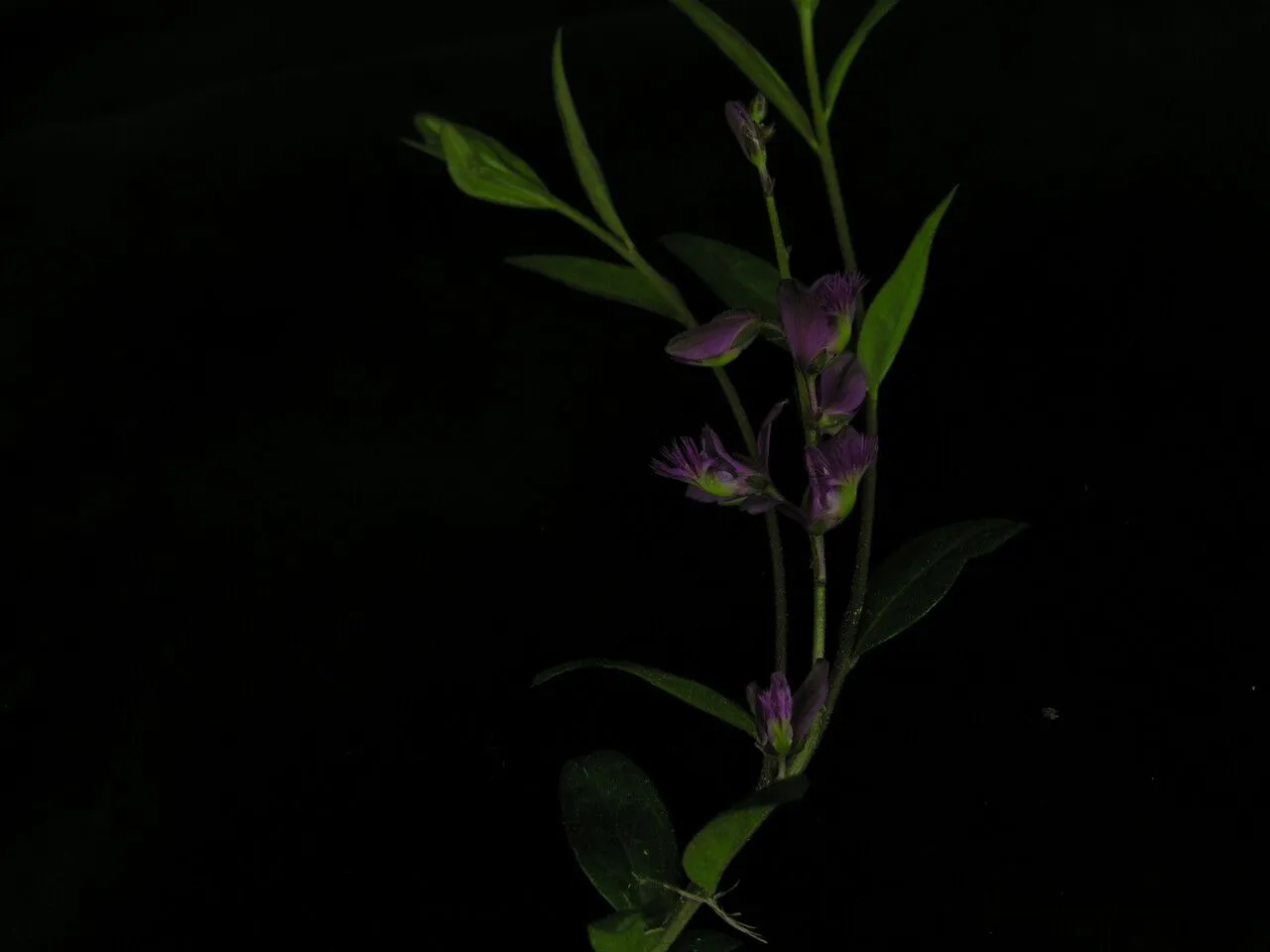
Author: L.
Bibliography: Sp. Pl.: 702 (1753)
Year: 1753
Status: accepted
Rank: species
Genus: Polygala
Vegetable: False
Observations: C. & E. Romania to Temp. Asia and N. Indo-China
The Siberian polygala is a fascinating flowering plant scientifically known as Polygala sibirica. First described in 1753, this species was classified by the renowned botanist Carl Linnaeus.
Belonging to the Polygalaceae family, the Siberian polygala is a perennial herbaceous plant that has captivated botanists and plant enthusiasts alike due to its unique distribution and biological properties. Its natural habitat extends from Central and Eastern Romania to the temperate regions of Asia, reaching as far as Northern Indo-China. This broad geographic range is a testament to the plant’s adaptability to various climates and soil conditions.
The Siberian polygala is a noteworthy species for its ecological and horticultural characteristics. It typically thrives in diverse environmental settings, showcasing a remarkable ability to flourish in both temperate and subtropical zones. The plant’s resilience makes it an interesting subject for studying ecological adaptations and the impact of environmental variations on flora.
In terms of appearance, Polygala sibirica features slender stems with a profusion of small, vibrant flowers that contribute significantly to its ornamental value. These flowers not only add to the visual appeal of gardens but also play an essential role in the local ecosystem by providing a source of nectar for various pollinators.
Gardeners appreciate the Siberian polygala for its relatively low maintenance requirements and its ability to enhance the aesthetic appeal of natural landscapes. Additionally, its presence in traditional herbal medicine across parts of its native range underscores its potential therapeutic properties, though such uses should be approached with the guidance of qualified professionals.
In summary, the Siberian polygala stands out due to its extensive native range, ecological importance, decorative potential, and possible medicinal attributes. This plant remains a subject of interest for botanists and horticulturists, who continue to explore its numerous applications and contributions to biodiversity.
Eng: siberian polygala
En: Siberian polygala
Zh: Xi bo li ya yuan zhi, Luan ye yuan zhi
Taken Jun 7, 2008 by Royal Botanic Garden Edinburgh – Anonymous (cc-by-nc)
Taken Jun 7, 2008 by Royal Botanic Garden Edinburgh – Anonymous (cc-by-nc)
Taken Jun 7, 2008 by Royal Botanic Garden Edinburgh – Anonymous (cc-by-nc)
Taken Jun 7, 2008 by Royal Botanic Garden Edinburgh – Anonymous (cc-by-nc)
Taken Jun 7, 2008 by Royal Botanic Garden Edinburgh – Anonymous (cc-by-nc)
© copyright of the Board of Trustees of the Royal Botanic Gardens, Kew.
© copyright of the Board of Trustees of the Royal Botanic Gardens, Kew.
© copyright of the Board of Trustees of the Royal Botanic Gardens, Kew.
Family: Myrtaceae Author: (F.Muell.) K.D.Hill & L.A.S.Johnson Bibliography: Telopea 6: 402 (1995) Year: 1995 Status:…
Family: Rubiaceae Author: Pierre ex A.Froehner Bibliography: Notizbl. Bot. Gart. Berlin-Dahlem 1: 237 (1897) Year:…
Family: Sapindaceae Author: Koidz. Bibliography: J. Coll. Sci. Imp. Univ. Tokyo 32(1): 38 (1911) Year:…
Family: Asteraceae Author: A.Gray Bibliography: Pacif. Railr. Rep.: 107 (1857) Year: 1857 Status: accepted Rank:…
Family: Fabaceae Author: Medik. Bibliography: Vorles. Churpfälz. Phys.-Ökon. Ges. 2: 398 (1787) Year: 1787 Status:…
Family: Aspleniaceae Author: (Cav.) Alston Bibliography: Bull. Misc. Inform. Kew 1932: 309 (1932) Year: 1932…